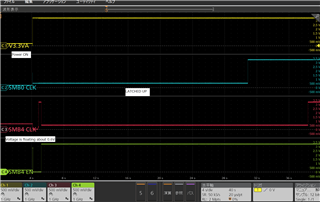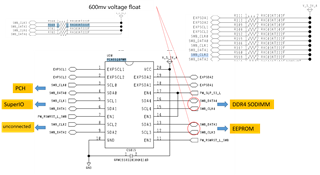Hi team,
What are some of the conditions that PCA9518 latches on to?
If the EN signal is input before the power supply stabilizes, the input and output will latch for about 30 seconds.
After that, it recovers, but I don't know what the latching condition is.
Sincerely.
Ryu



